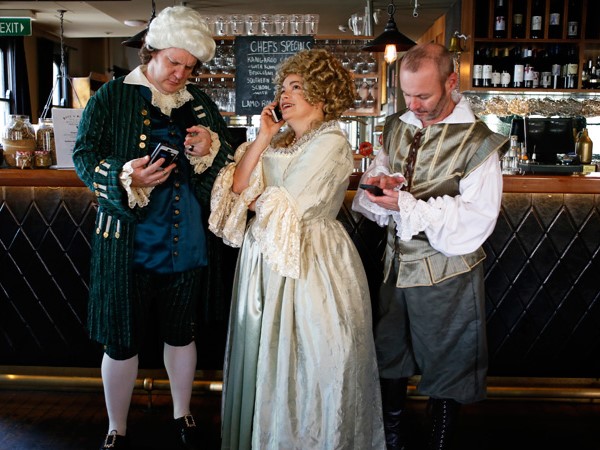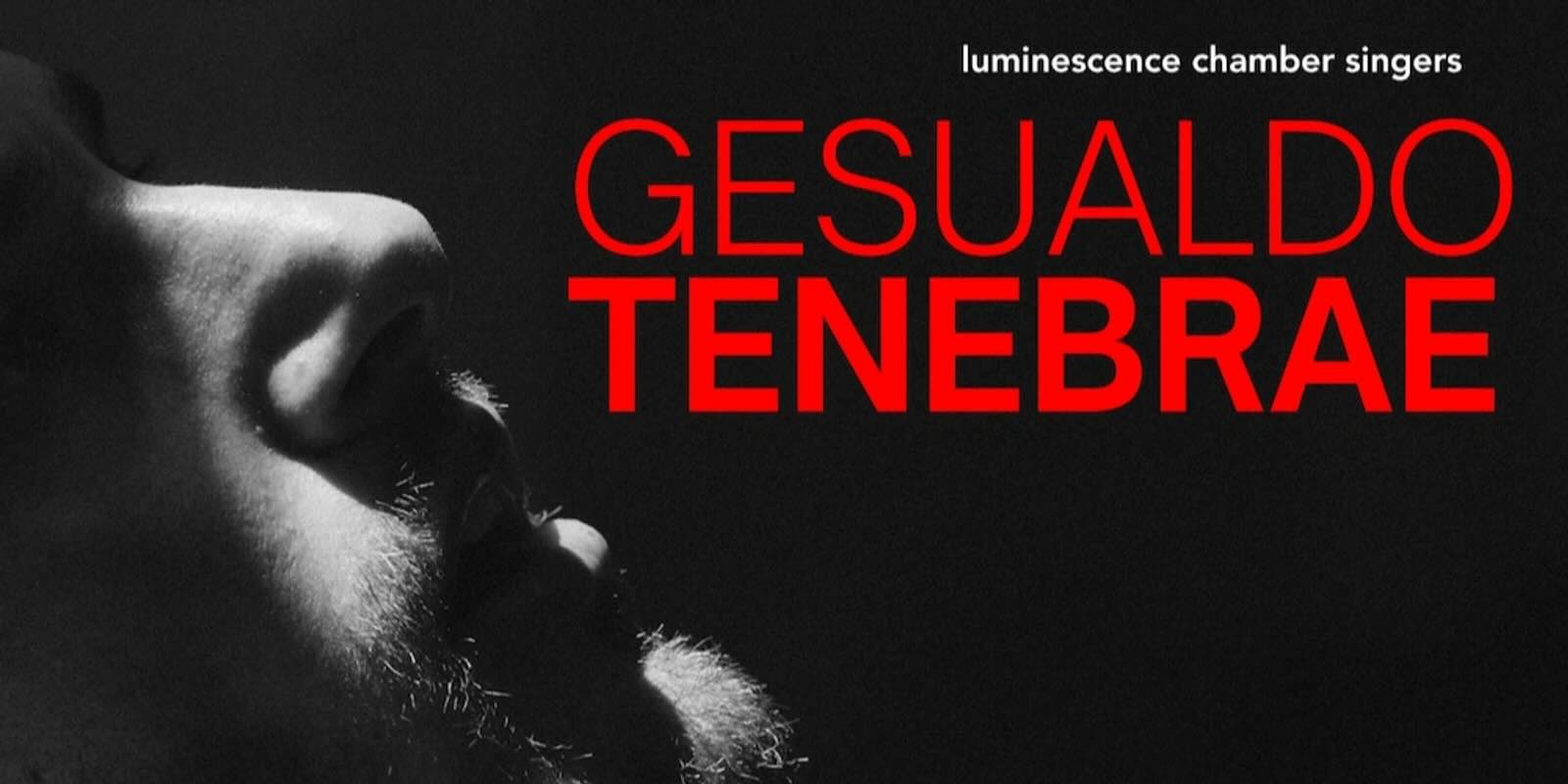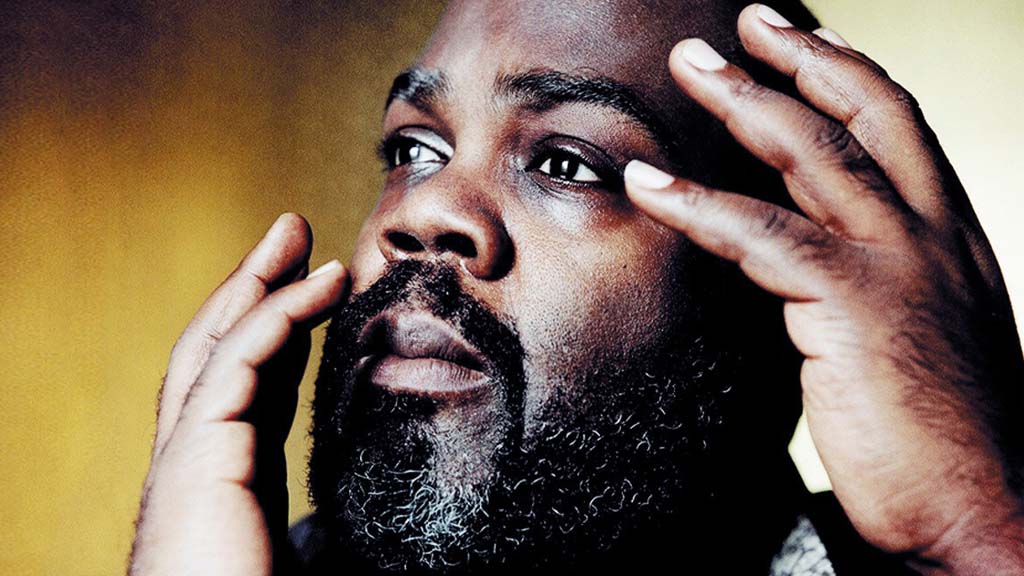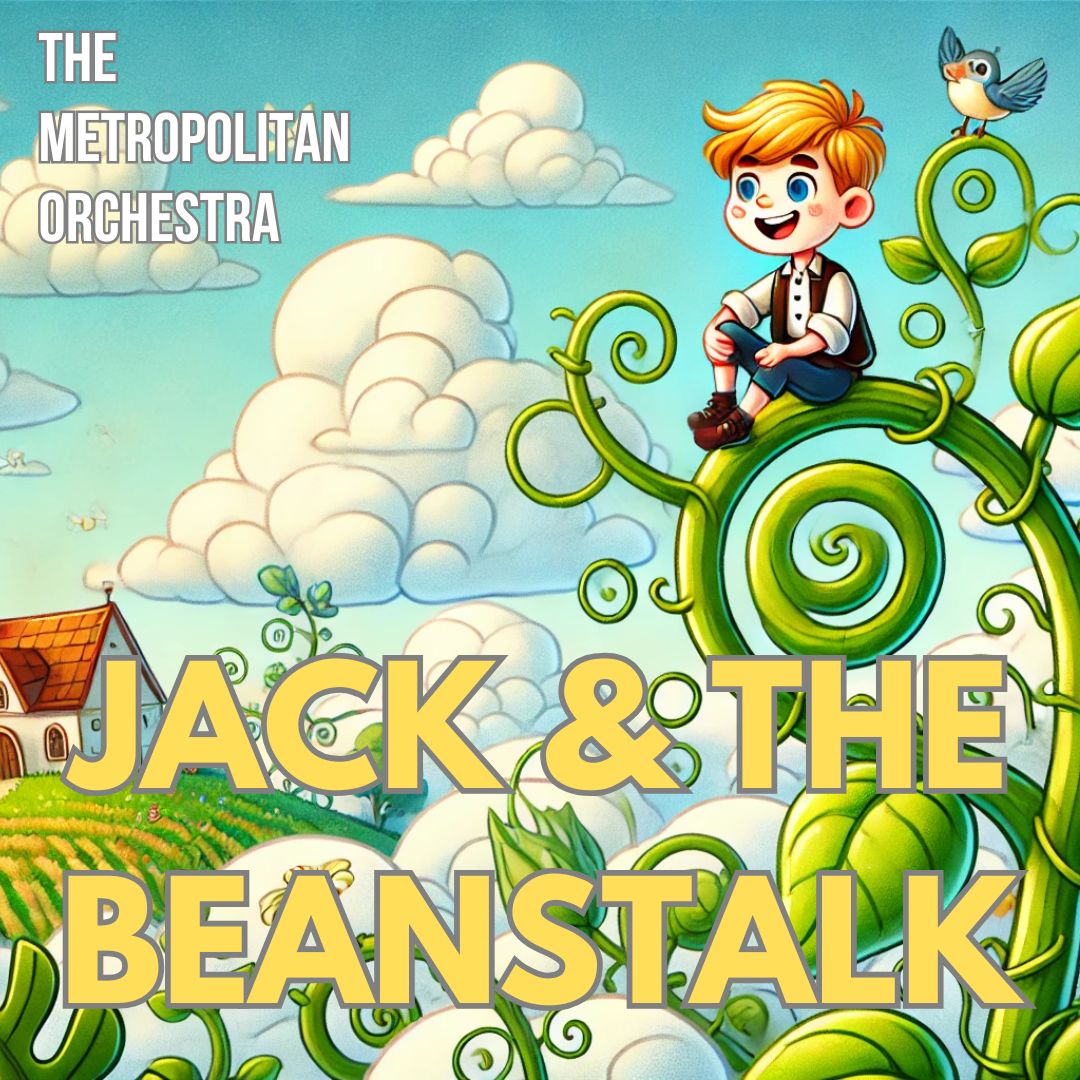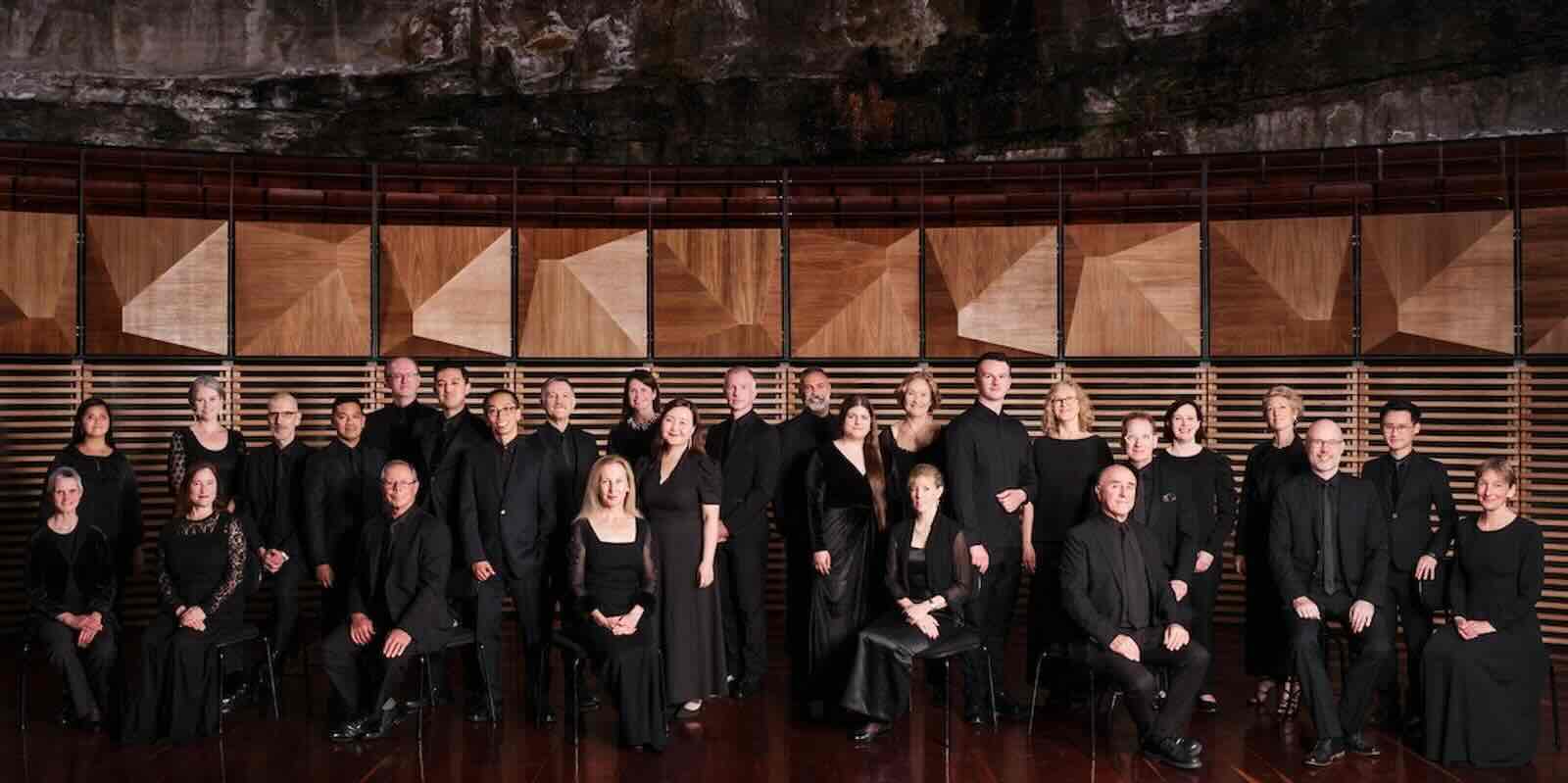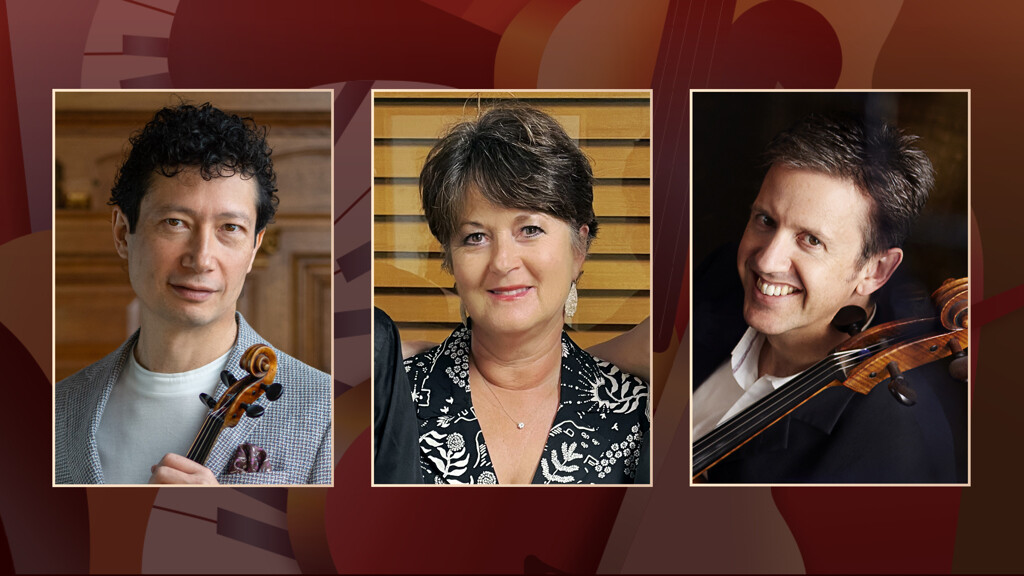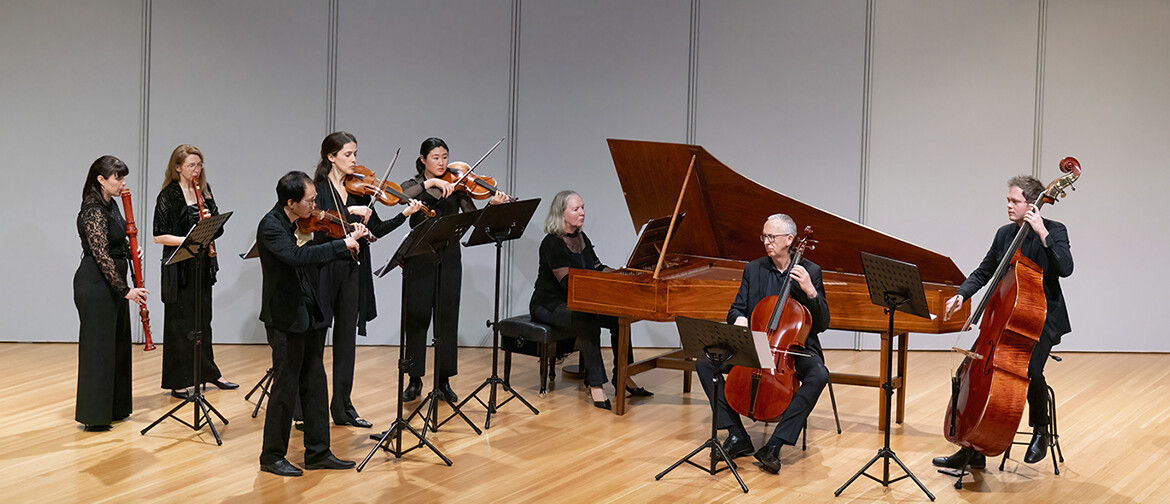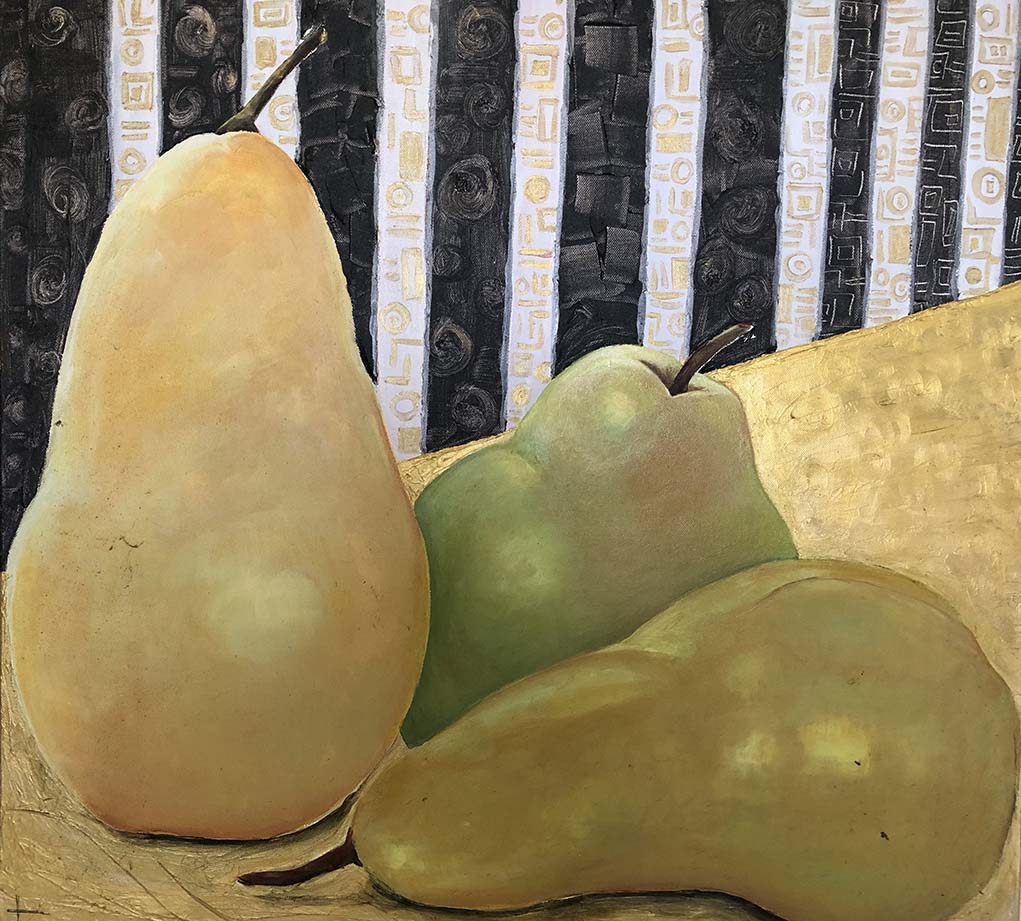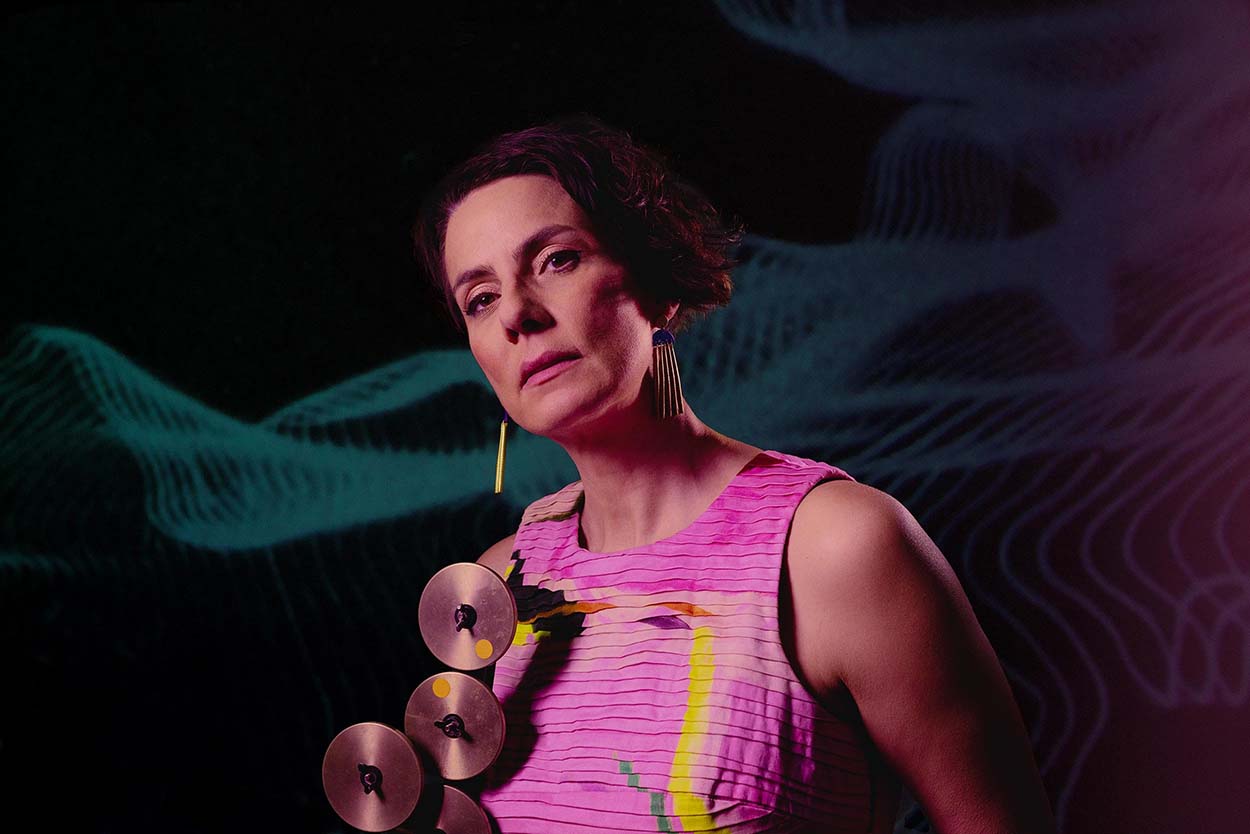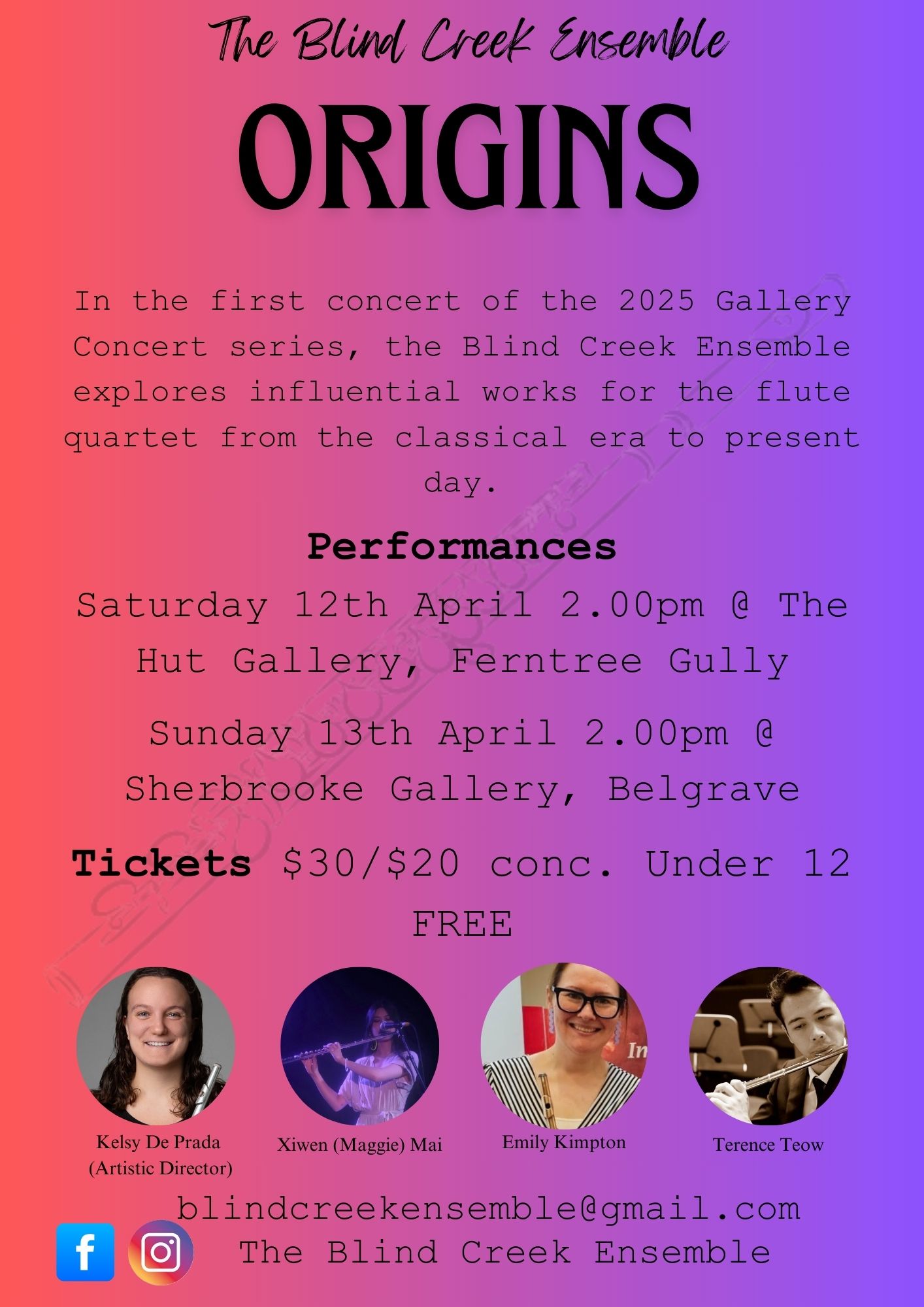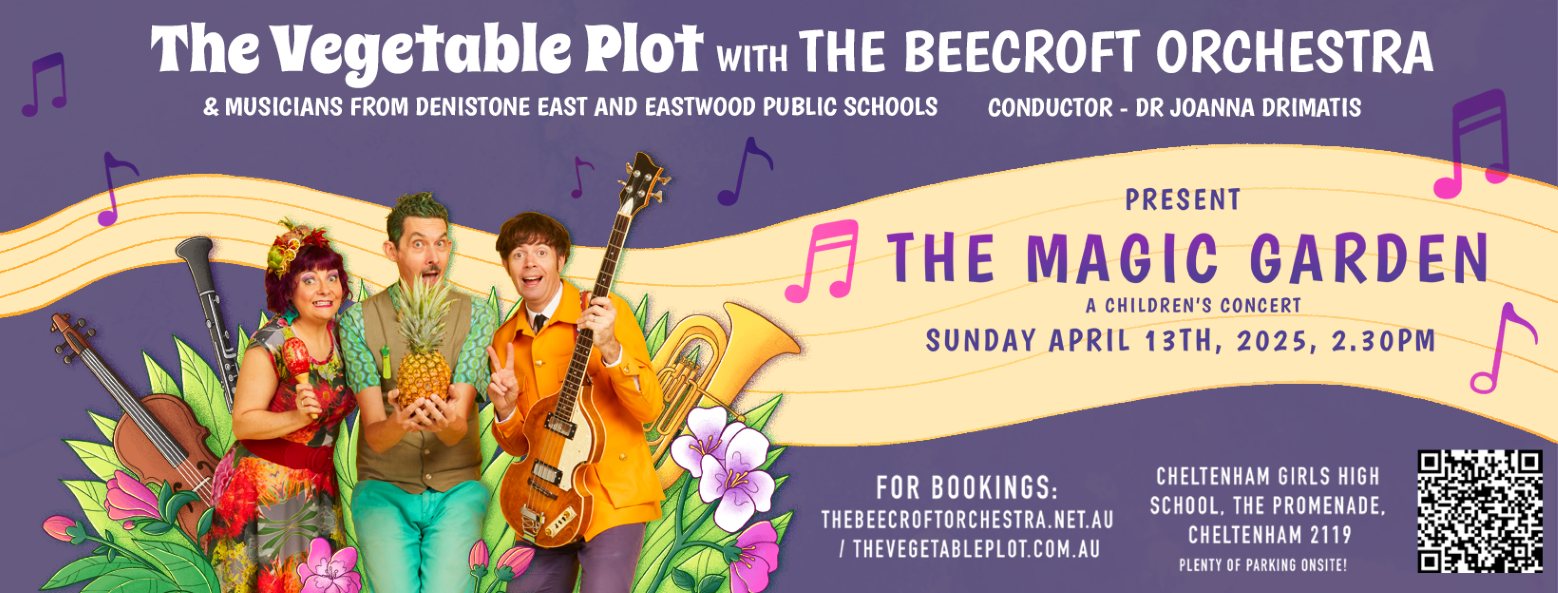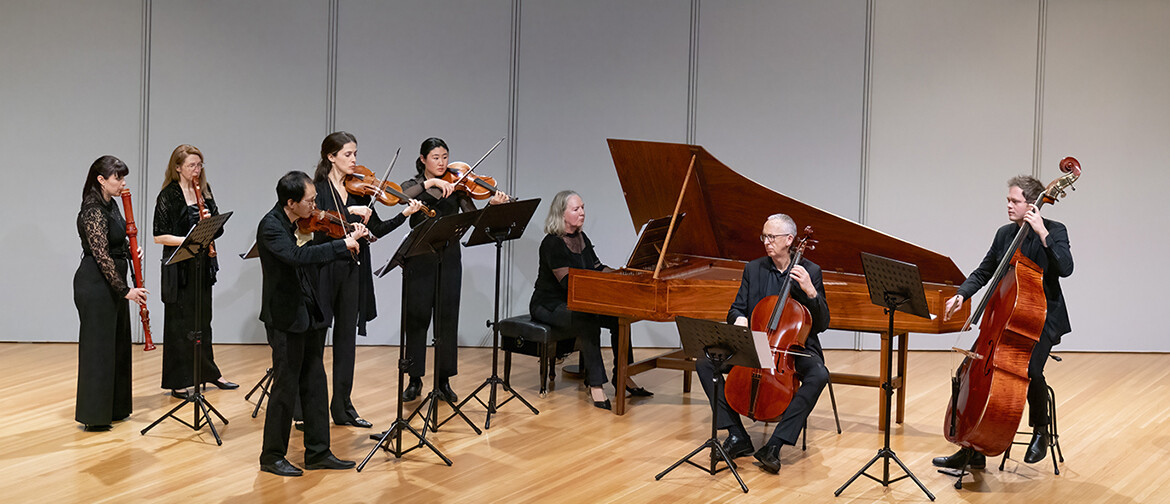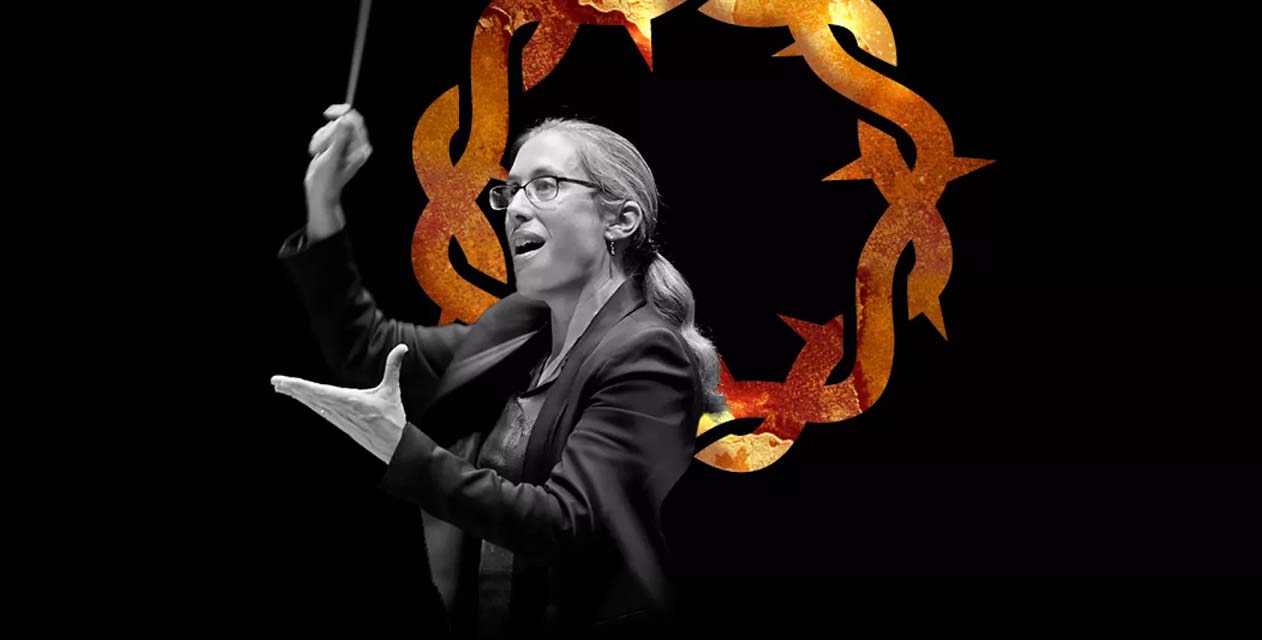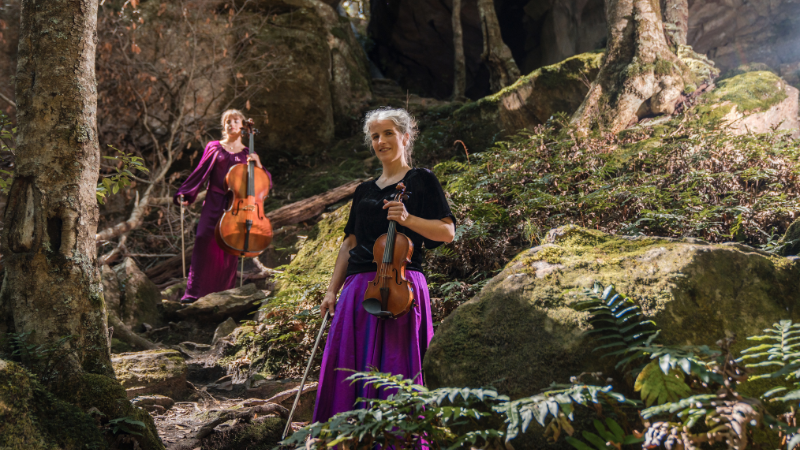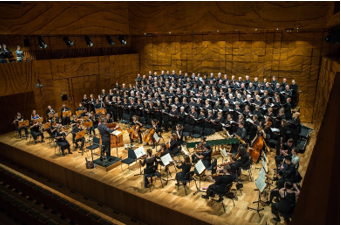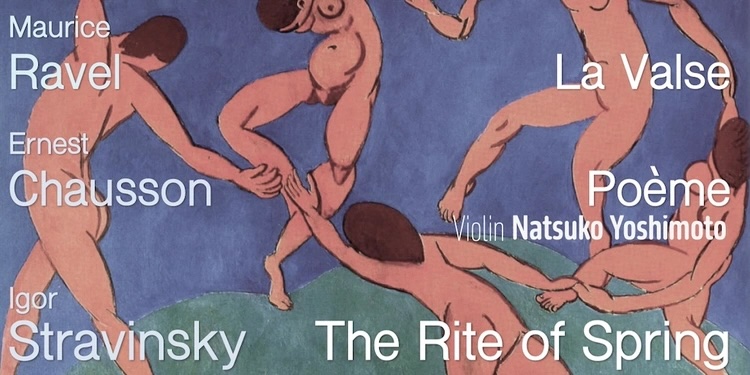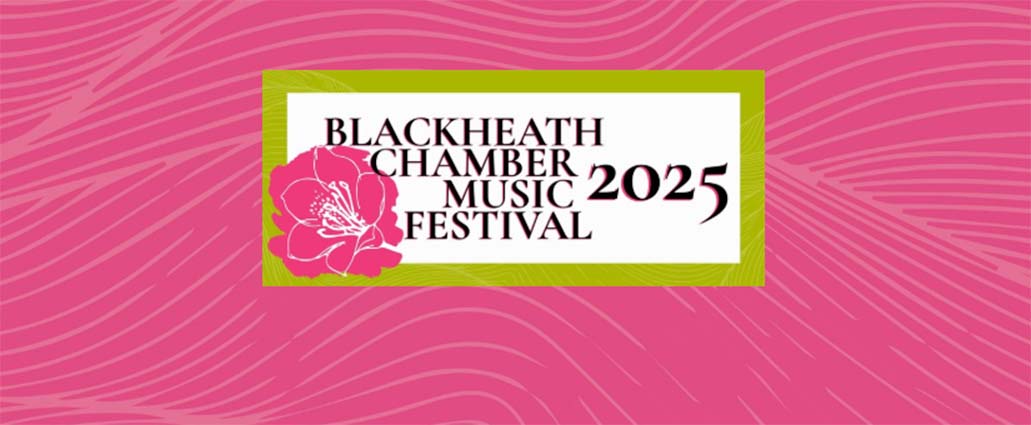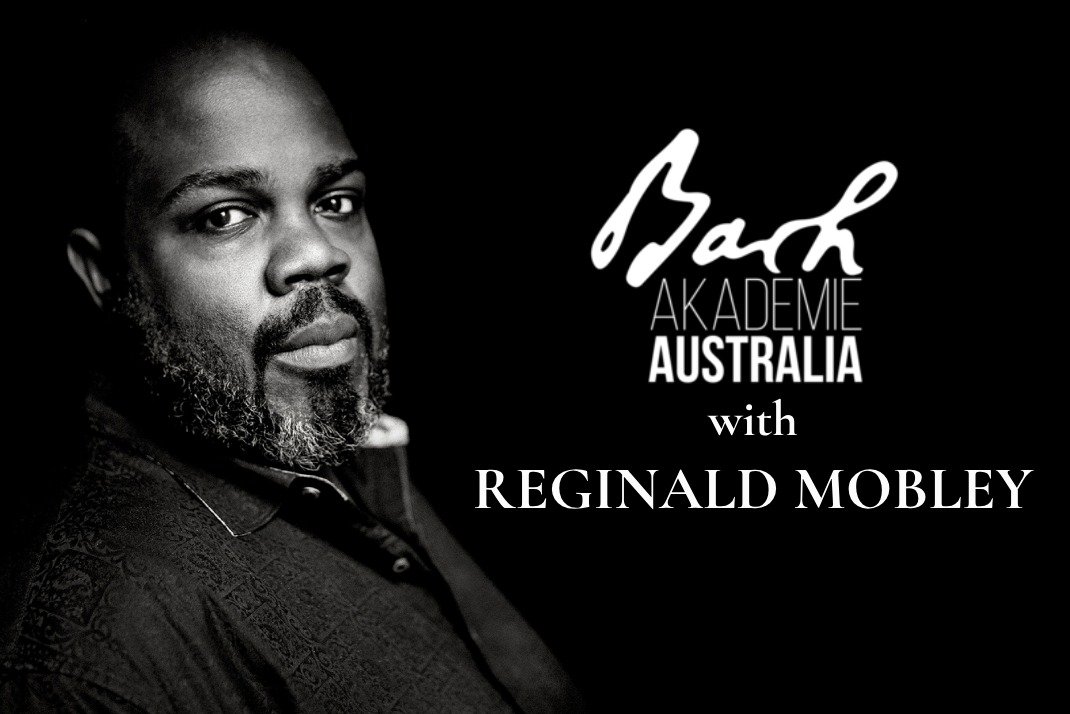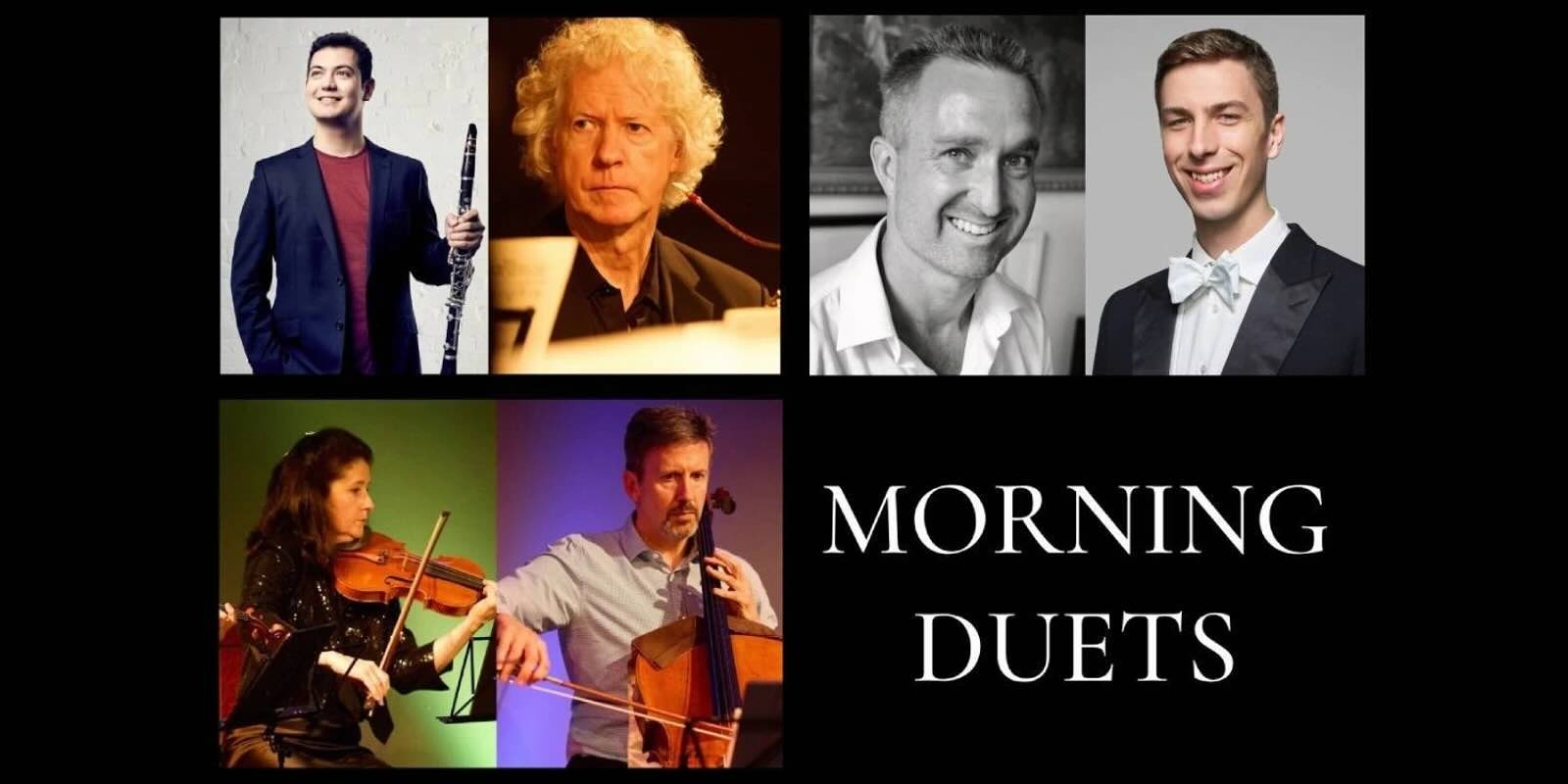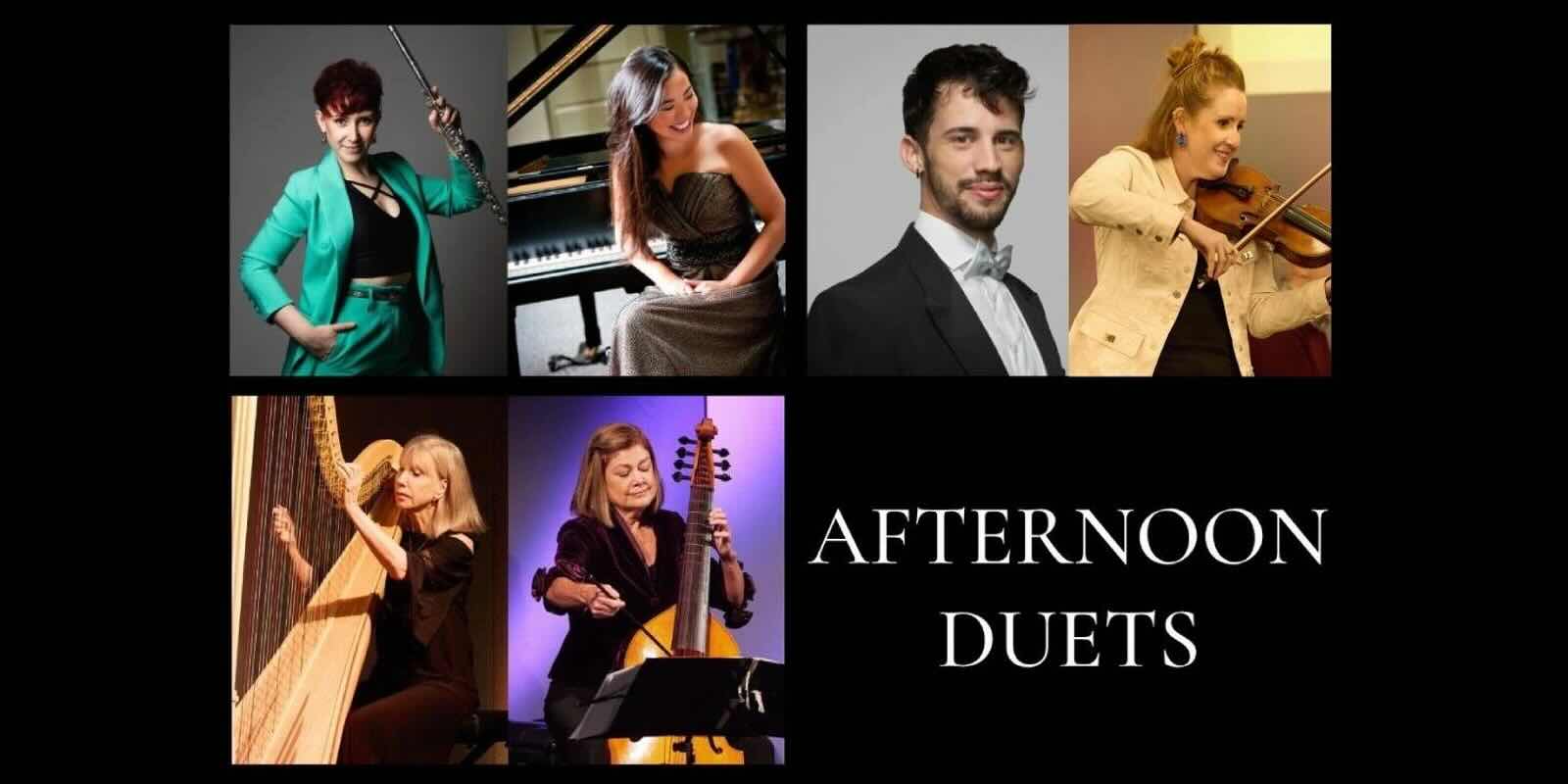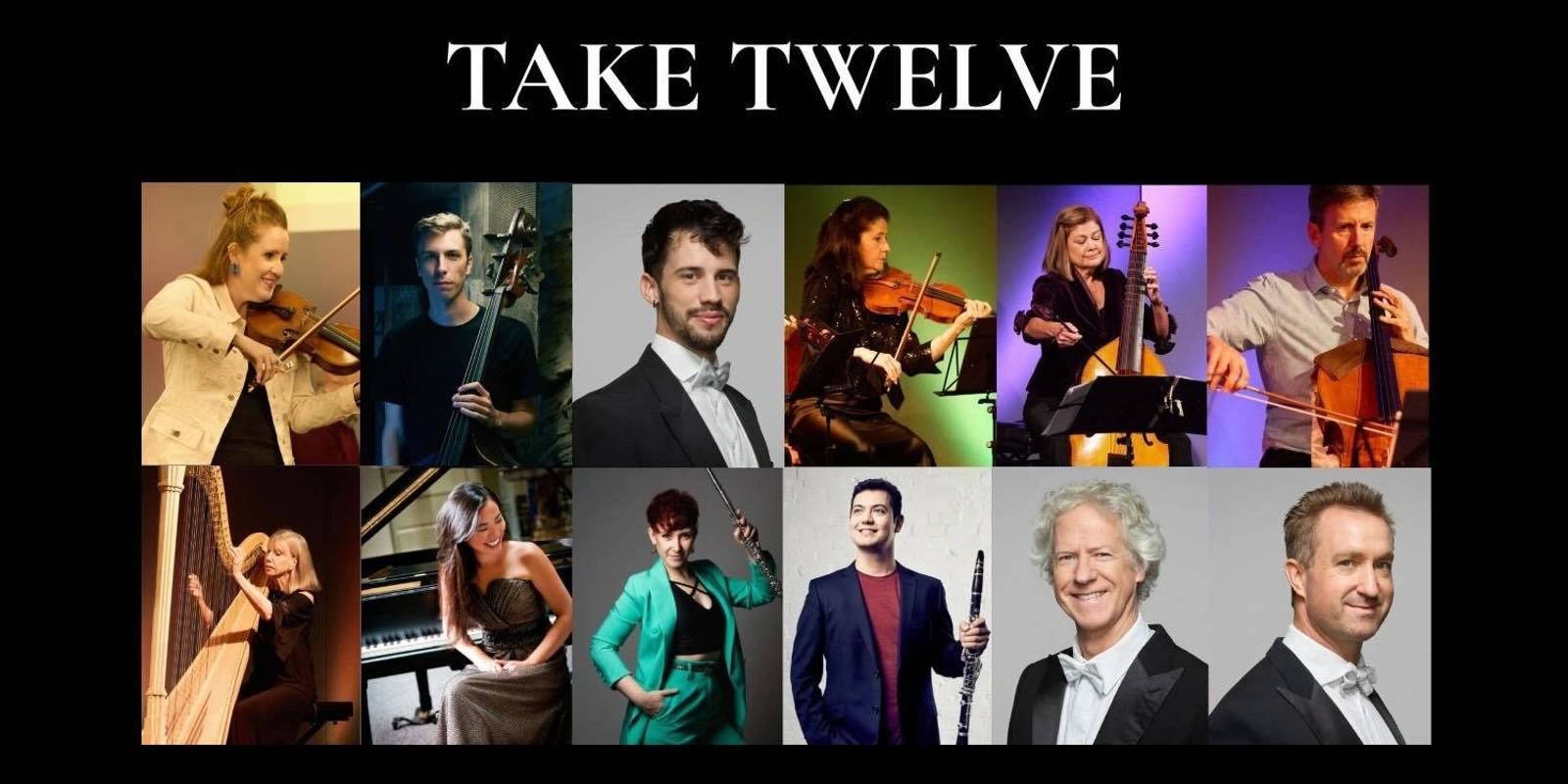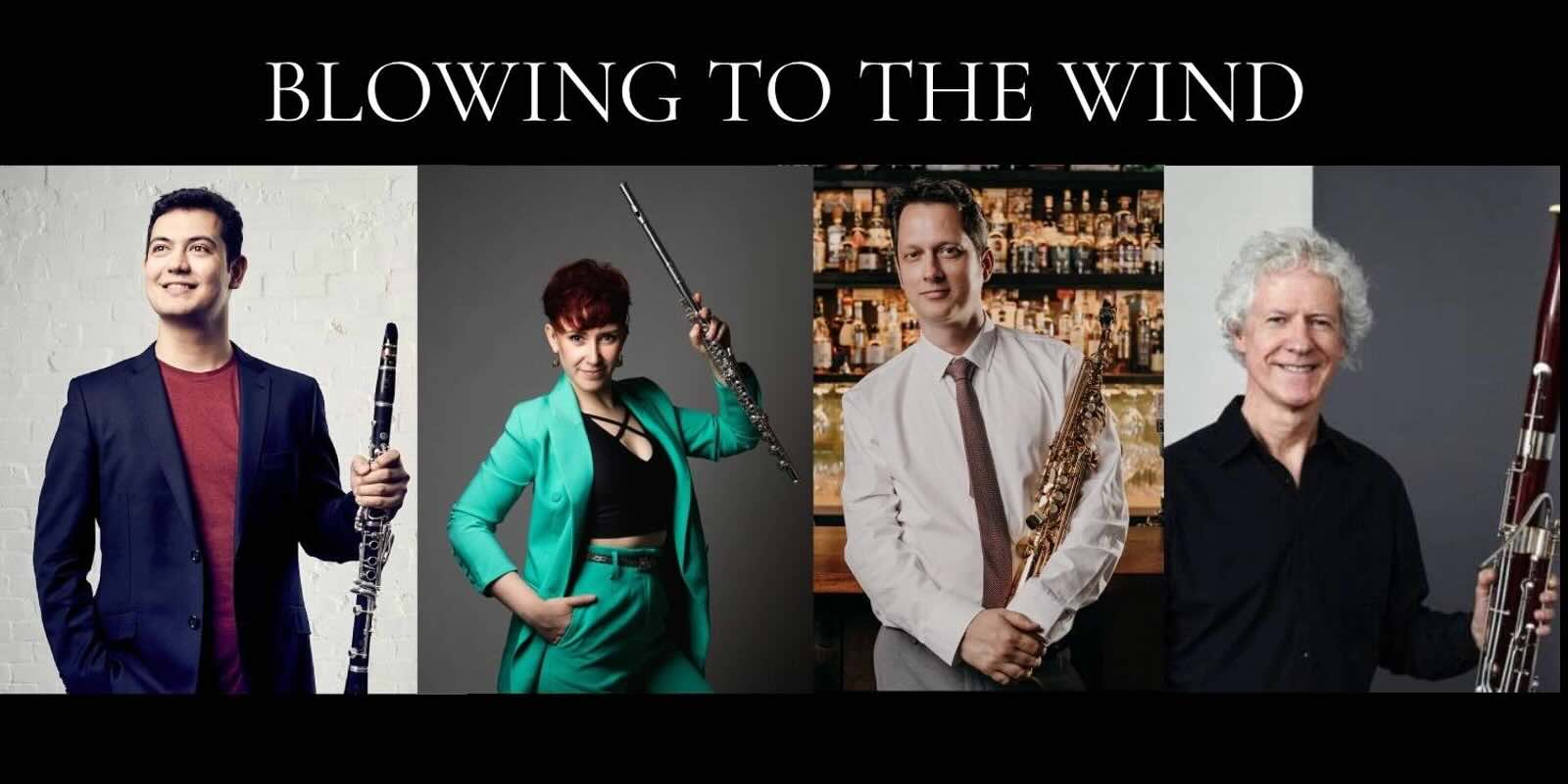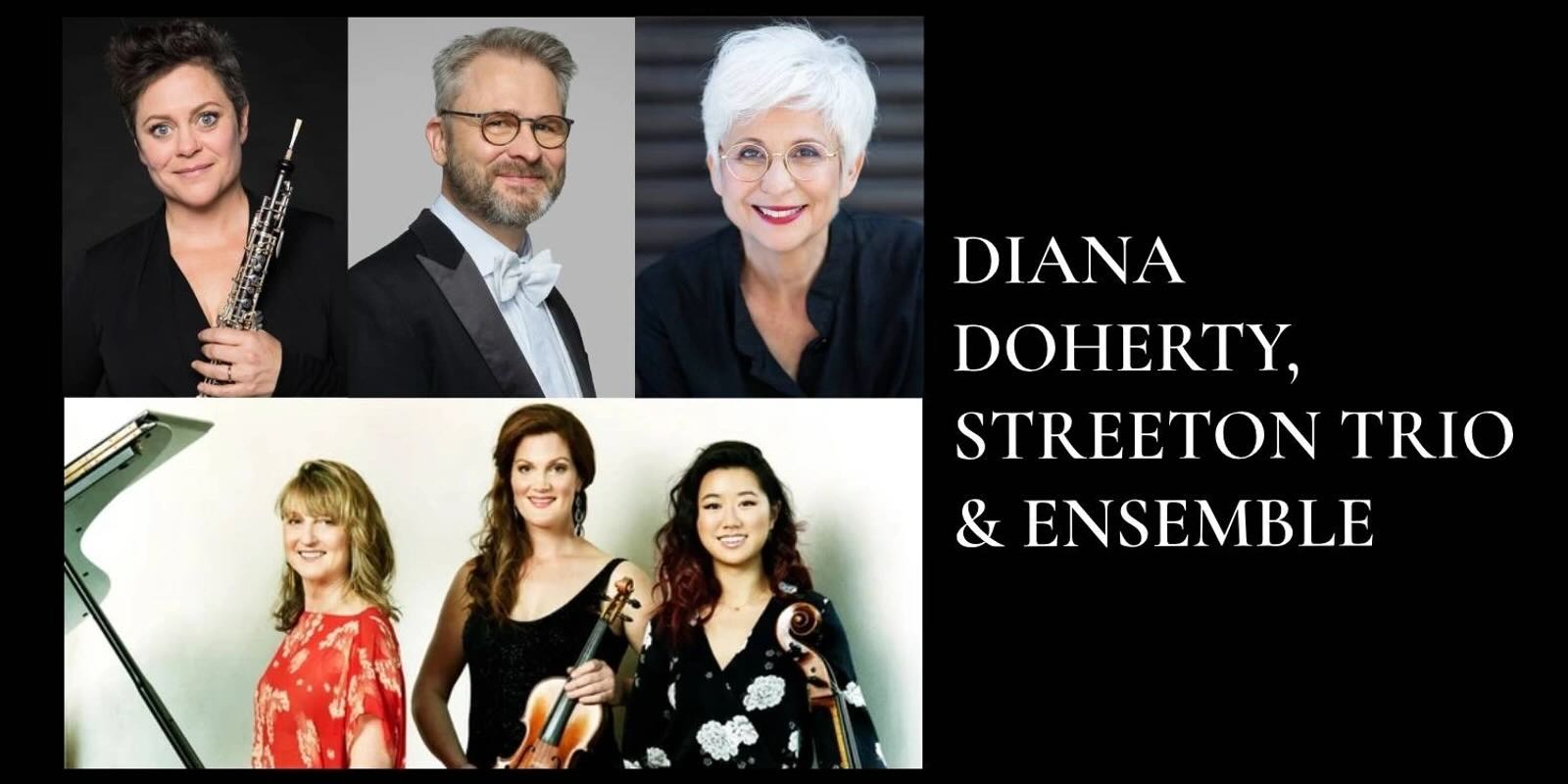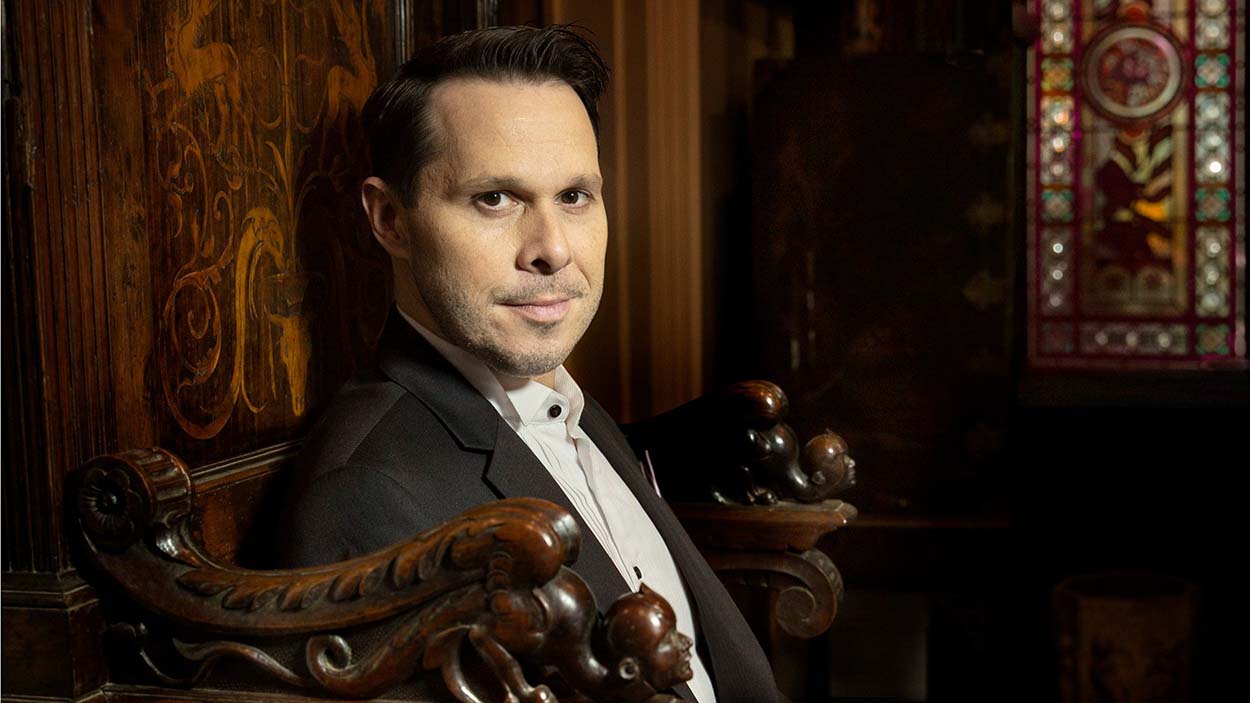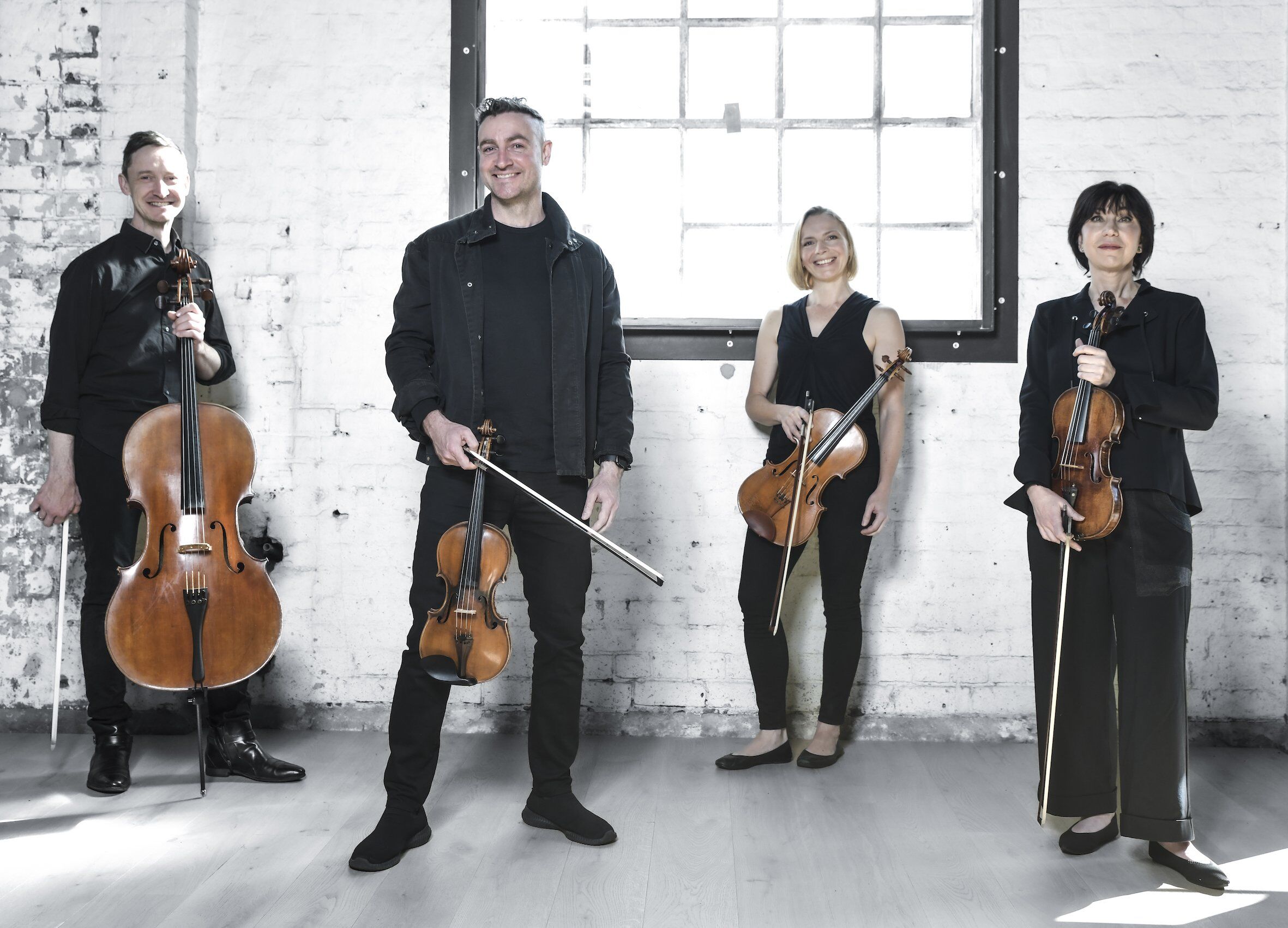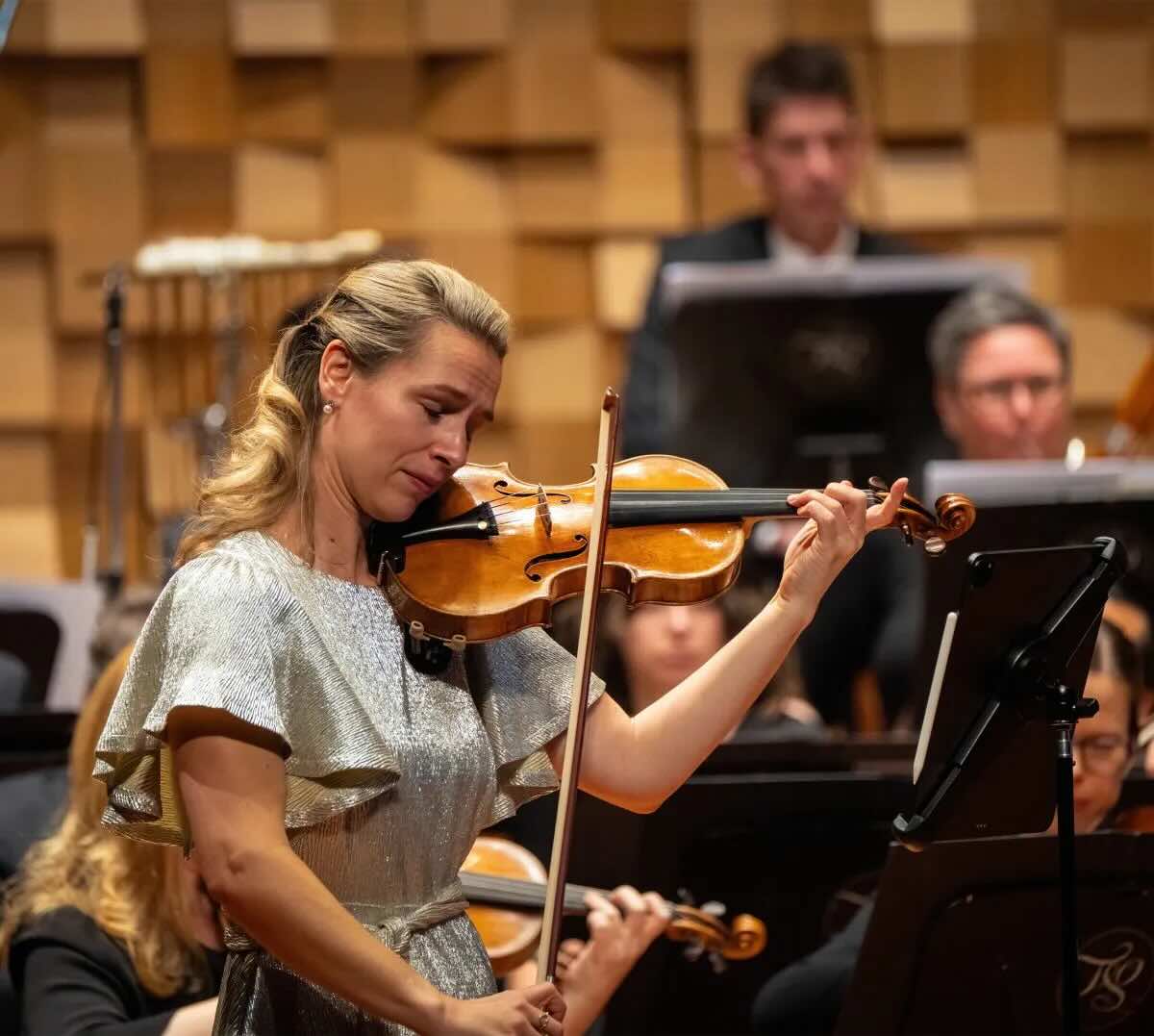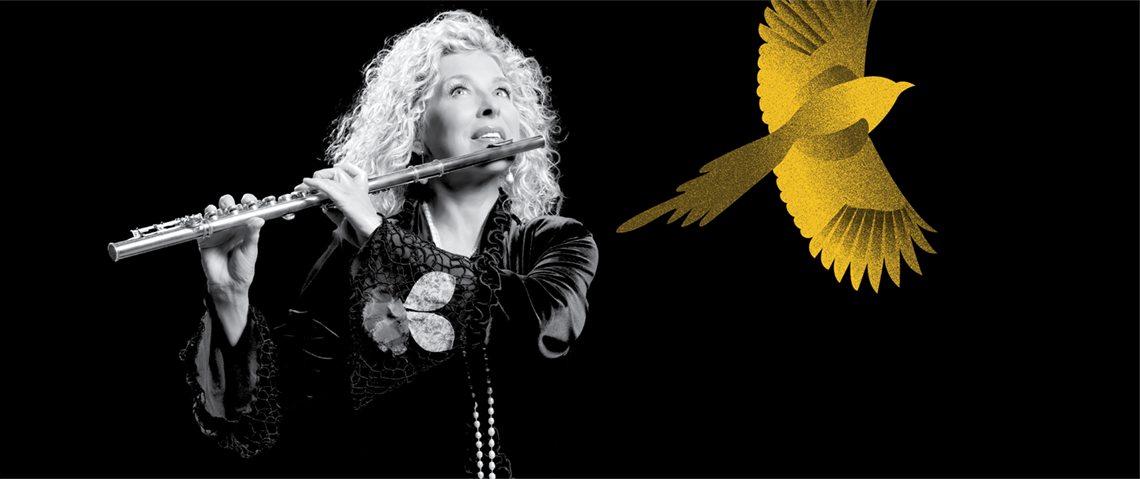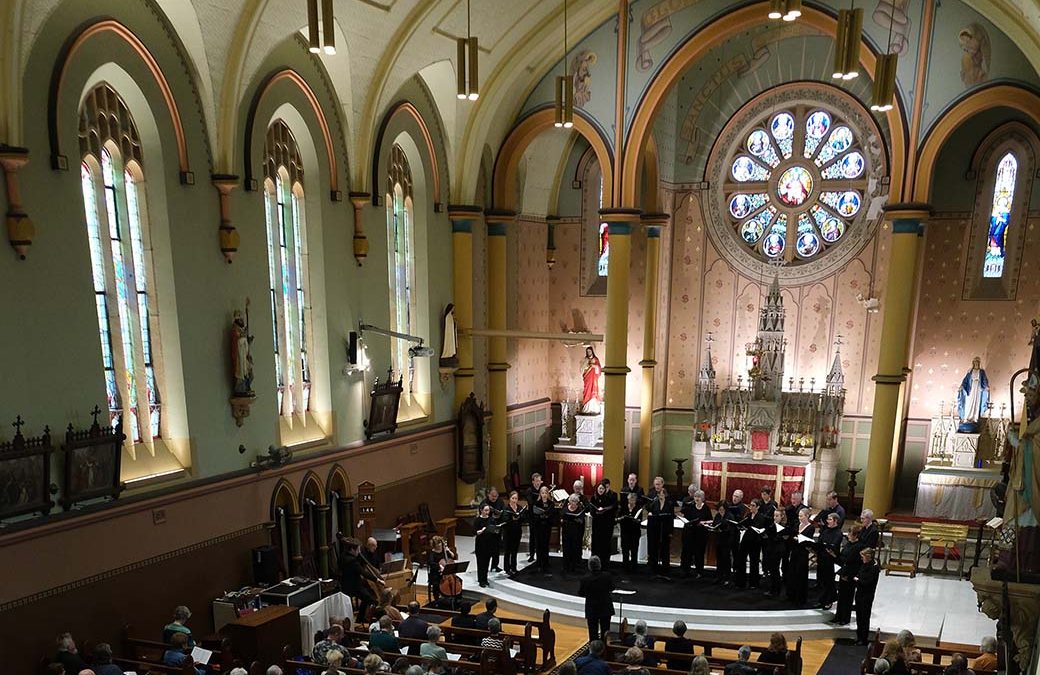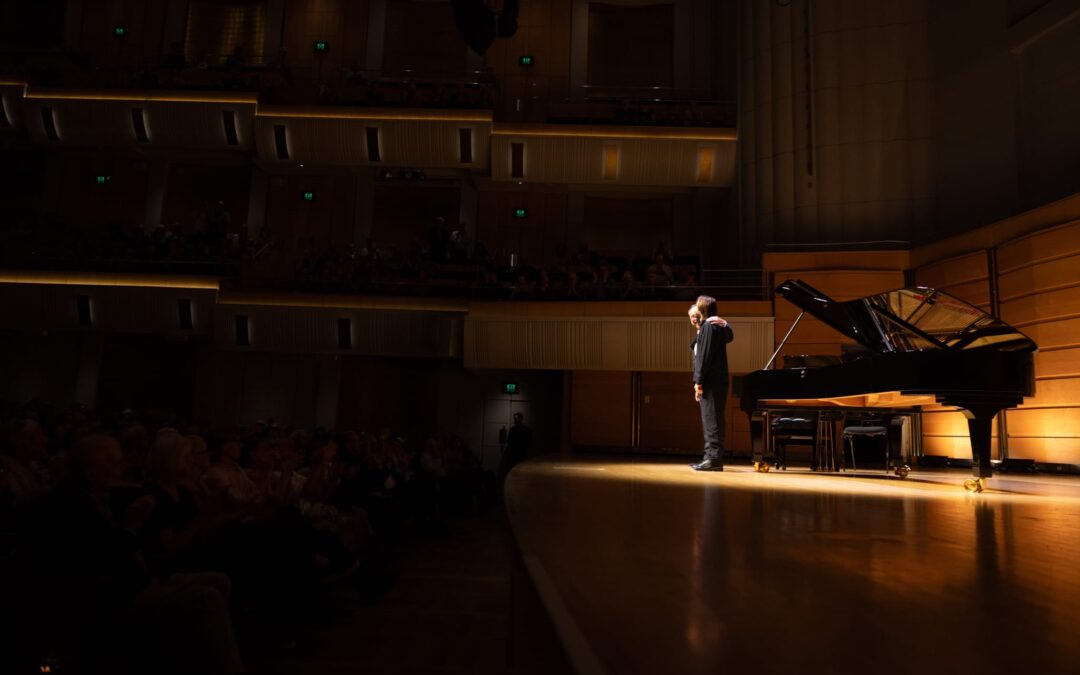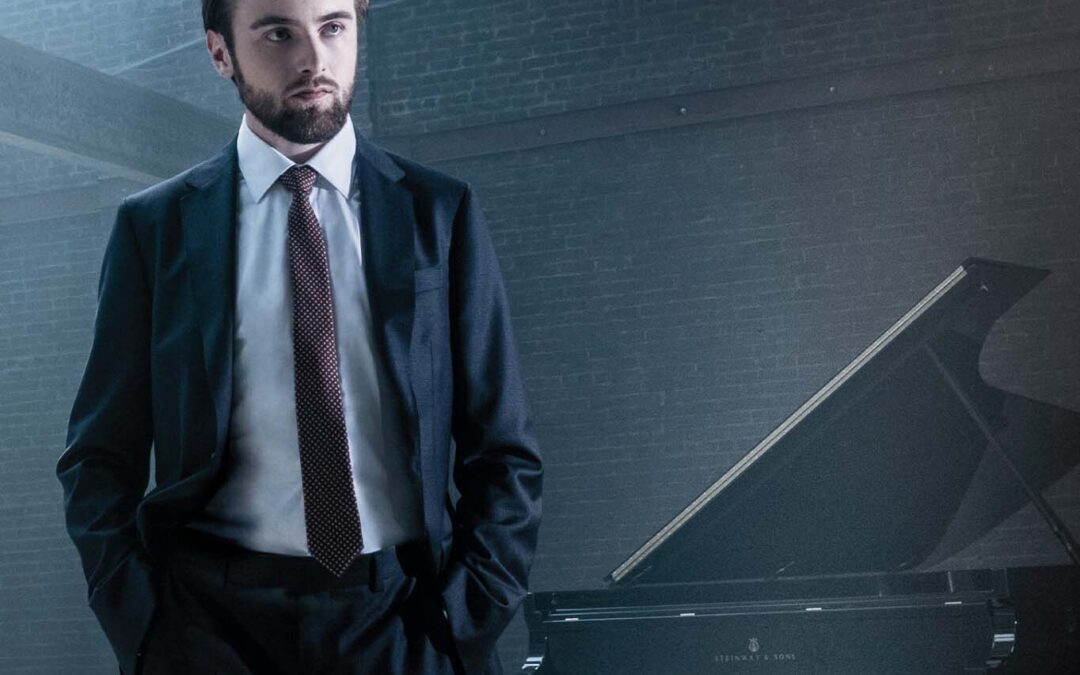Sydney Symphony Orchestra | Elgar’s Cello Concerto – Powerful Inspirations
Thurs April 20, 2023, Sydney Opera House
Wow – I don’t know whose brow was mopped more, the conductor’s, the violinists’, the flautists’ or mine. I had never heard Shostakovich’s tenth symphony before but I can’t wait to hear it again. The Symphony was started in 1951 and completed two years later shortly after the death of Joseph. This is the same Stalin who had denounced Shostakovich, told him what he could or could not write, told him what could be performed and threatened him with incarceration. Although the composer remained tight-lipped on the subject, he did admit that the work was influenced by the despot and it would be fair to postulate that the first two movements represent the abject terror of Stalin’s reign while the latter two depict the energy and joy following his demise.
The ever-popular Sir Donald Runnicles galvanised the SSO with his enthusiasm and achieved the required effect. The first movement is sad and introspective, despite its length (25 minutes) it never wavers while several themes, including a lamenting waltz, intertwine and are developed – often frenetically. It ends with a quiet duet of piccolos.
The Allegro which follows is pessimistic but wilder and includes a violent Cossack dance. The last two movements are lively and optimistic – both include themes based on the composer’s name using the German musical notes D-S-C-H. Loud episodes feature horns, tuba and percussion. I was exhausted, and I was just listening!
We opened with a new work by young composer Alex Turley titled Mirage. The horns and trumpets were positioned way behind the rest of the orchestra and this produced an eerie effect to suit the title. The fanfare opening was followed by soft and subtle sounds with intricate melodies – too short perhaps.
Elgar’s cello concerto has been championed together with Dvorak’s as the most popular of the genre. Elgar himself must have been content as he composed nothing of note after despite living for another fifteen years. Amazingly, it was hardly played for fifty years and it is well-known that it was Jacqueline Du Pre who was largely responsible for its revival. It’s not easy to understand why – from the beginning, when the opening stanzas meld into the famous emphatic first subject the music flows spontaneously and the second subject is equally sublime. The slow movement features a majestic melody by the soloist with brilliant variations. The Finale enters unusually with a Cadenza followed by the main march-like theme first by the orchestra, then taken up by the soloist with variations – the first movement theme makes a brief appearance before a surprisingly sudden ending.
Cellist Nicholas Altsteadt hails from Germany and has already acquired a large following – I found him excellent and unobtrusive being very faithful to the intent of the composer. He was generous enough to play an encore, adagio from Barrière’s Sonata in G, with the brilliant principal cellist Catherine Hewgill.
A brilliant concert from start to finish featuring a superb orchestra and soloist and I felt privileged to attend it.



